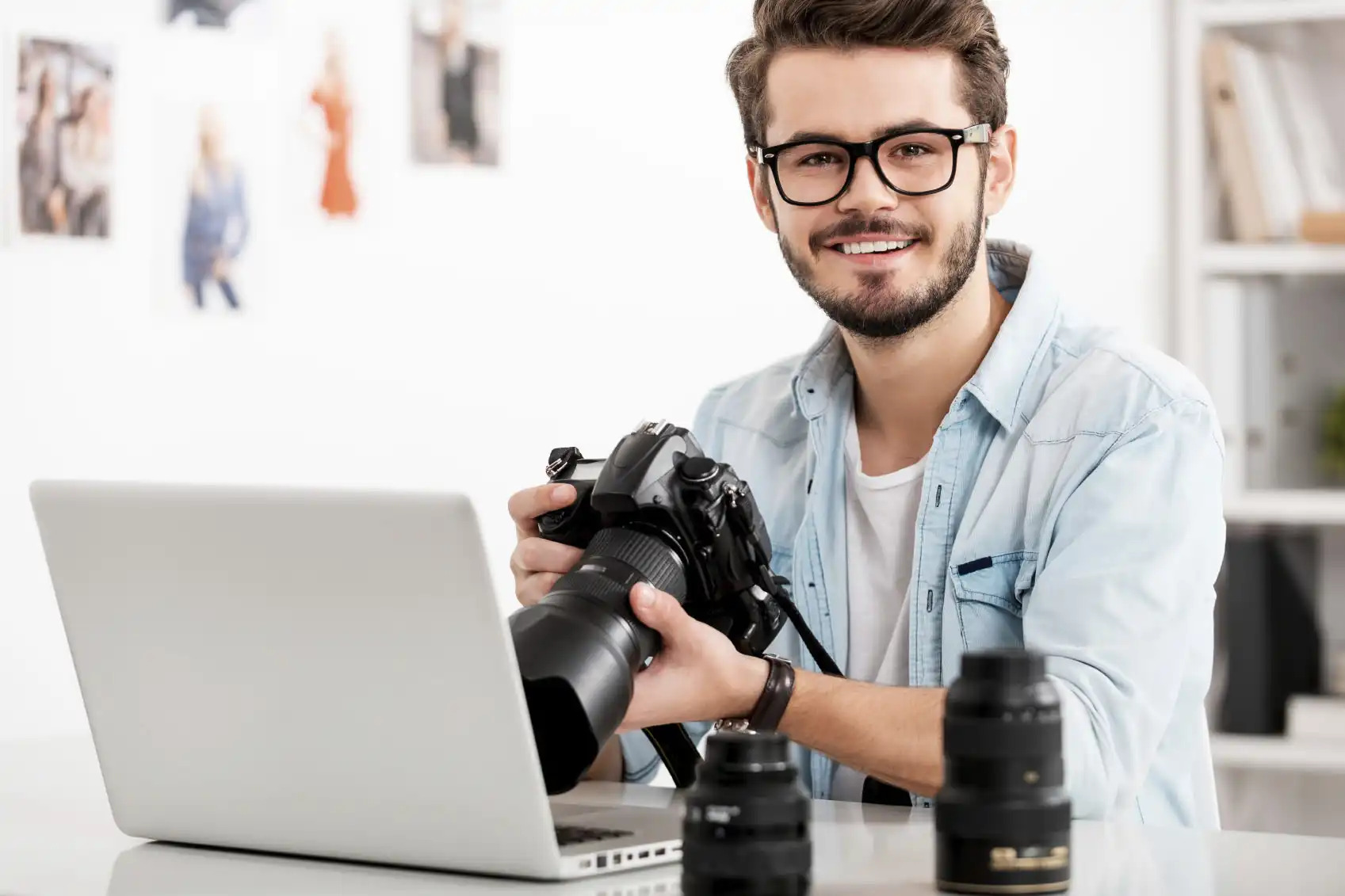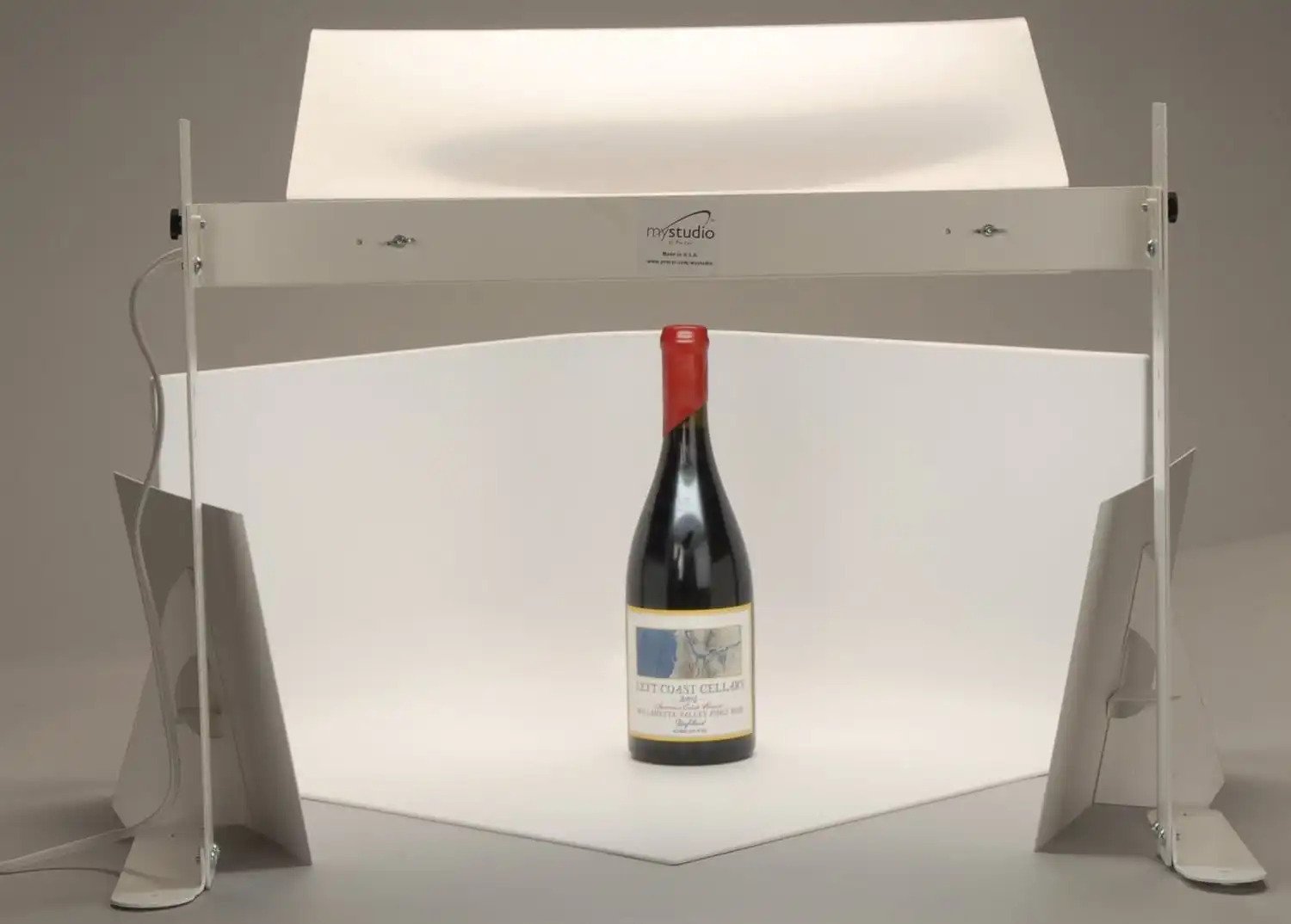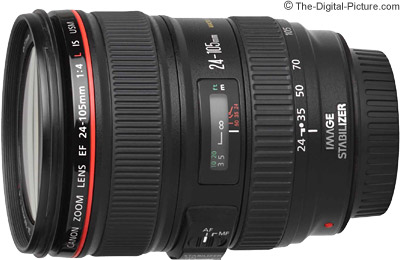Articles

Tips and Tricks for Stock Photography In 2016
Photography TalkStock photography is by no means as attractive as it was eight or ten years ago. Back then, if you got into stock photography and did it right, there was a lot of money to be made. Not the same can be said today when there are literally millions of images in archives all over the Internet. However that doesn’t mean stock photography is a bad choice for making extra money. It does take a little more effort than before though. That’s why we’ve prepared a quick guide for the aspiring stock photographer of 2016.

Keep it simple
If you want your stock photos to sell, keep them simple and clean. Make sure there are no distractions in the frame and that attention is easily focused on the subject.
Put the artist inside to sleep
Stock photography is not about creating art. It never was. Yes, you will find breathtaking landscapes in major image banks, not to mention a few photos that could arguably be hung on fine art gallery walls, but at its core, stock photography is all about commercial value.
Stay on the bright side
Commercial photography usually has to send positive messages and that means you should avoid using dark tones. Leave those for your personal work. Go for bright and colorful.
Be technically flawless
This should go without saying, yet so many beginners are still caught up in the vintage film look and they forget that stock photography has to be technically impeccable. This is especially important when you photograph products. Everything has to be professionally lit and in focus. There are of course many possible setups for shooting objects and products, but we found the MS20 Table top photography kit from MyStudio to be the most practical, easy to use and affordable solution.
It comes with everything you need: a seamless 20”x20”x12” background with a 90 degree corner, a 5000k daylight color-balanced continuous fluorescent light, a high grade aluminum light stand, an overhead reflector and two 9”x12” bounce card reflectors. The continuous light makes it easier to see how the final image will look before taking the shot and because the setup is simple and straightforward, once put everything in position, every product you photograph will look exactly the same.
Don’t ignore post processing
Even with brilliant out of the camera results like those you get by using the MS20, there’s still a little post processing to be done. As you’ll be shooting with small apertures, it’s very easy for even a small dust particle on your sensor to become visible in the frame. Even if you clean your camera regularly, there’s always going to be one or two spots and that’s why basic spot removal skills are necessary.
Think like a buyer
The biggest question you should ask yourself after working on photo or a batch is “would I pay money for this?” Think about all the countless other images that have a good chance of looking like yours. You might not take a completely revolutionary photo of a hammer or a coffee mug, but it’s always a good idea to try and put a personal twist on it.
As a final thought, no matter what genre you want to focus on, try to be consistent. As with your personal work, your stock portfolio should have your signature look. Buyers should be able to identify your photos from a lot easily. That of course takes time and a lot of shooting, but if you’re interested in stock photography you probably know that already. We recommend simplifying your work with tools like the MS20 kit. It will help you make progress a lot faster and easier.
Click here for more details about the MyStudio MS 20 Table Top Studio Kit.






-470-75.jpg)
















